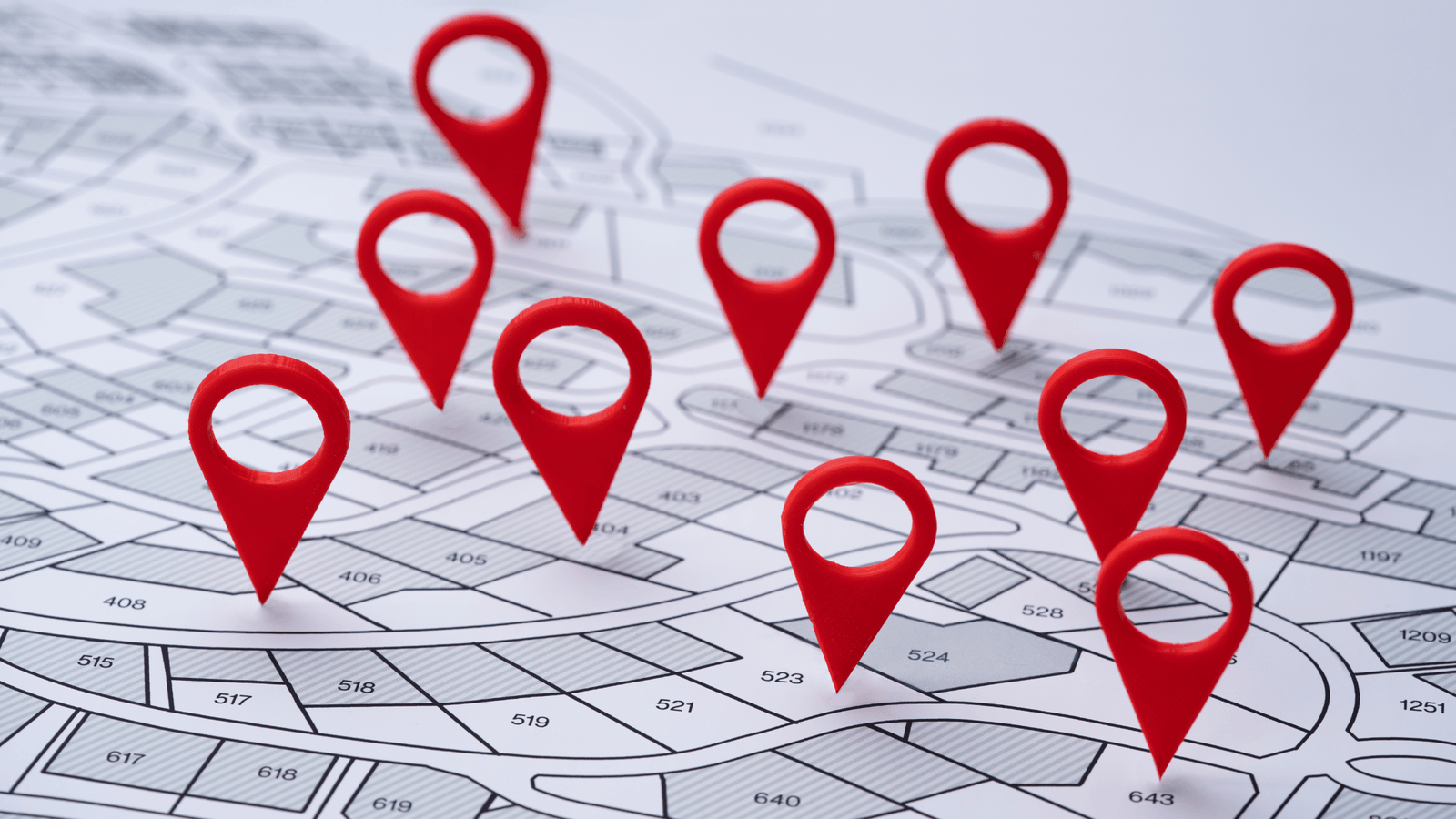In the digital age, where visuals speak louder than words, food photography has become a crucial skill for anyone in the culinary industry. Whether you’re a restaurant owner, a food blogger, or a home chef sharing your creations on social media, capturing the essence of your dishes through stunning photography can significantly enhance your brand’s appeal. This guide will walk you through essential food photography techniques to help you showcase your culinary delights in the best light possible.

The Importance of Food Photography
Before diving into techniques, it’s vital to understand why food photography is so important. High-quality images can make your dishes look more appetizing, attract more customers, and increase engagement on social media platforms. In essence, great food photography can set you apart in a crowded market.
Food Photography Techniques
1. Lighting: The Key to Stunning Food Photography
Lighting is the most critical aspect of food photography. Natural light is ideal for capturing the true colors and textures of your dishes. Position your food near a window to take advantage of soft, diffused light. Avoid harsh, direct sunlight as it can create unflattering shadows and highlights.
Tips for Lighting:
- Use a Reflector: A white reflector can bounce light back onto the food, reducing shadows and adding a beautiful glow.
- Experiment with Angles: Try different angles to see how the light interacts with your dish. Side lighting often works best, highlighting textures and creating depth.
- Artificial Lighting: If natural light is not available, use artificial light sources like softbox lights. Ensure the light is diffused to avoid harsh shadows.
2. Composition: Telling a Story with Your Photos
Composition is all about arranging the elements in your frame to create a visually appealing image. The rule of thirds is a fundamental principle where you divide your frame into nine equal parts using two horizontal and two vertical lines. Place the main elements of your dish along these lines or at their intersections for a balanced and engaging composition.
Tips for Composition:
- Focus on the Hero: Make the main dish the focal point of your photo. Use props and garnishes to complement but not overshadow it.
- Negative Space: Don’t overcrowd your frame. Negative space can help draw attention to the main subject.
- Layering: Create depth by layering different elements, such as placing a plate on a textured surface or adding background elements like cutlery or ingredients.
3. Styling: Enhancing the Appeal of Your Dishes
Food styling is the art of arranging food to make it look as delicious as it tastes. Pay attention to colors, textures, and shapes to create an enticing visual experience.
Tips for Food Styling:
- Fresh Ingredients: Use the freshest ingredients to ensure vibrant colors and appealing textures.
- Keep It Real: Avoid over-styling. The food should look natural and approachable.
- Garnishing: Add a touch of herbs, spices, or edible flowers to enhance the dish’s visual appeal.
Read Also : Food Photography Essentials: Gear, Tips, and Tricks
How Professional Food Photography Can Transform Your Restaurant’s Image
4. Camera Settings: Mastering Your Equipment
Understanding your camera settings can significantly improve your food photography. Whether you’re using a DSLR or a smartphone, mastering a few key settings can make a big difference.
Tips for Camera Settings:
- Aperture: Use a wide aperture to create a shallow depth of field, blurring the background and making the dish stand out.
- ISO: Keep the ISO low (100-400) to avoid grainy images. Use a tripod to stabilize your camera in low light conditions.
- Shutter Speed: A faster shutter speed is ideal for handheld shots to avoid blur. Use a slower shutter speed with a tripod for more stable and detailed images.
5. Editing: Polishing Your Photos
Post-processing is the final step to make your food photos shine. Use editing software like Adobe Lightroom or Photoshop to enhance colors, adjust lighting, and sharpen details.
Tips for Editing:
- Color Correction: Adjust the white balance to ensure accurate colors.
- Brightness and Contrast: Enhance the brightness and contrast to make the food look more vibrant and appealing.
- Sharpness: Increase sharpness to highlight textures, but avoid overdoing it, as it can create an unnatural look.
6. Practice and Patience: Perfecting Your Craft
Like any other skill, mastering food photography takes time and practice. Experiment with different techniques, learn from your mistakes, and continually refine your style.
Tips for Improvement:
- Study Professional Work: Analyze food photos from professional photographers and note their lighting, composition, and styling techniques.
- Seek Feedback: Share your photos with friends, family, or online communities and ask for constructive feedback.
- Stay Updated: Keep up with the latest trends and technologies in food photography to stay ahead of the curve.
Conclusion
Capturing culinary delights through food photography is both an art and a science. By mastering essential techniques such as lighting, composition, styling, and editing, you can create mouth-watering images that not only showcase your dishes in the best possible way but also engage and attract your audience. Remember, practice and patience are key. So, grab your camera, experiment with different settings and styles, and watch your food photography skills soar.





